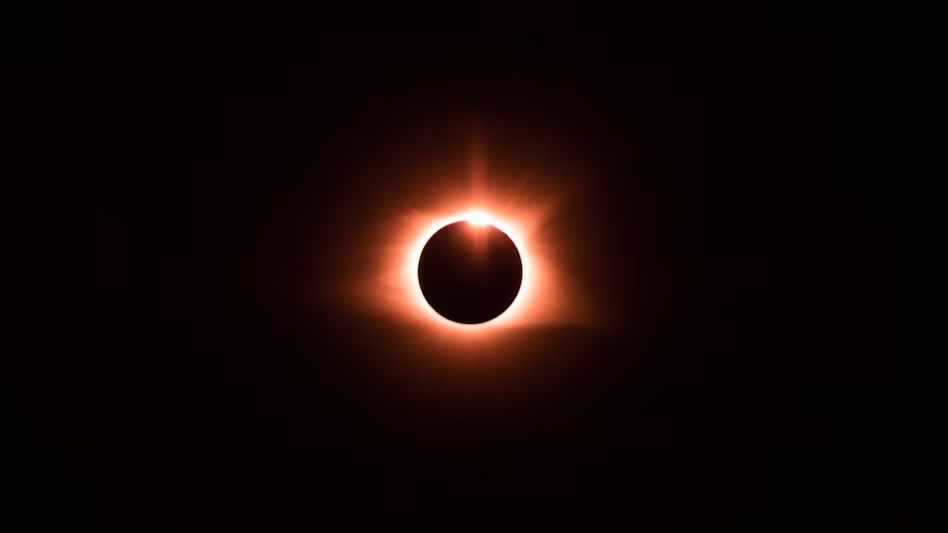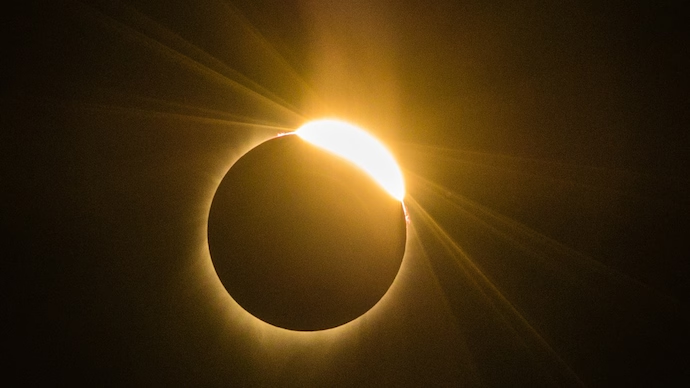The Nineveh Eclipse is one of the most important astronomical events in ancient history. Taking place thousands of years ago, this eclipse has helped historians and scientists better understand ancient timelines and world events. It was more than just a natural phenomenon—it became a key moment that connected astronomy, history, and religion.
In this article, we’ll explore what the Nineveh Eclipse was, why it matters, and how it impacted civilizations and modern science. We’ll also look at how this event has been linked to ancient texts, biblical stories, and the study of astronomy.
What Is the Nineveh Eclipse?
The Nineveh Eclipse refers to a solar eclipse that took place on June 15, 763 BCE. It was recorded by ancient Assyrians on a clay tablet found in the city of Nineveh, the capital of the Neo-Assyrian Empire. This event is also known as the Assyrian eclipse.
The eclipse was so significant that it was written down in the Assyrian eponym canon, a list of yearly officials and important events. The tablet said:
“In the month of Simanu (May-June), an eclipse of the sun took place.”
This makes the Nineveh Eclipse one of the earliest recorded solar eclipses in human history.
Why Is the Nineveh Eclipse Important?

The Nineveh Eclipse matters for many reasons:
- Historical Reference Point: It gives historians a fixed date in ancient history. Since ancient records often lacked exact years, this eclipse helps confirm other dates from that time.
- Scientific Verification: Astronomers can calculate past eclipses. When they found that one occurred exactly on June 15, 763 BCE, it confirmed the accuracy of the ancient Assyrian records.
- Cultural and Religious Links: The eclipse might have caused fear and panic in ancient people, and some believe it influenced important religious or societal changes.
How the Eclipse Was Seen in Nineveh
In 763 BCE, Nineveh was a major city in the Assyrian Empire, located in what is now northern Iraq. The city was full of scholars, astronomers, and scribes who recorded everything from weather patterns to celestial events.
When the solar eclipse darkened the skies, it would have been a terrifying and powerful moment for the people. Many ancient cultures believed that eclipses were signs of anger from the gods or warnings of bad events to come.
The Assyrian tablet recording the eclipse also mentioned that there were plagues, revolts, and unrest in the empire during that same time. This made the eclipse even more meaningful for the people of Nineveh.
The Nineveh Eclipse and the Bible
Some researchers believe that the Nineveh Eclipse might be connected to the Book of Jonah in the Bible. In the story, Jonah is sent by God to the city of Nineveh to warn its people to change their ways or face destruction.
Interestingly, the Book of Jonah says that the people of Nineveh listened and repented. Why did the people of such a powerful empire suddenly become so humble?
Some scholars think that the solar eclipse of 763 BCE may have happened around the time of Jonah’s visit. If the skies suddenly turned dark in the middle of the day, it could have been seen as a powerful sign from God—causing the people to believe Jonah’s warning and repent.
While this connection is not proven, it shows how natural events like the Nineveh Eclipse might have had a huge impact on ancient religious and social behavior.
What Makes a Solar Eclipse So Special?
A solar eclipse happens when the Moon passes between the Earth and the Sun, blocking some or all of the sunlight. Total solar eclipses are rare, especially in ancient times when people had no way to predict them.
To ancient people, a sudden darkening of the sky in the middle of the day was terrifying. It felt like the end of the world. Many believed it meant that the gods were angry or that something bad was about to happen.
This explains why the Nineveh Eclipse was remembered and recorded so carefully—it left a powerful impression on everyone who saw it.
Astronomical Confirmation of the Nineveh Eclipse
In the 19th century, scientists and archaeologists uncovered clay tablets from Nineveh’s royal library. Among them was the Assyrian eponym canon, which listed yearly events along with the names of royal officials.
One line mentioned the solar eclipse in the month of Simanu. Astronomers then used modern technology to look back in time and found that a total solar eclipse did pass over Assyria on June 15, 763 BCE. The timing, location, and month all matched perfectly.
This was a major breakthrough because it gave scholars a fixed date. From there, they could date other events in Assyrian history and even correct errors in older timelines.
The Nineveh Eclipse and Its Legacy in Science

The Nineveh Eclipse is still studied today because it helps tie together different fields:
- History: It helps historians create accurate timelines.
- Archaeology: It supports the dating of ancient artifacts.
- Astronomy: It shows how accurate our models of past celestial events are.
- Religious Studies: It gives insight into how natural events shaped religious beliefs and texts.
The Nineveh Eclipse is often used in textbooks and classrooms to show how science and history can work together.
Similar Eclipses in Ancient History
While the Nineveh Eclipse is one of the most well-known, it’s not the only ancient eclipse with historical importance. Here are a few others:
- The Eclipse at the Battle of Halys (585 BCE): This eclipse stopped a war between the Lydians and the Medes. When the sky darkened, both armies took it as a sign to stop fighting.
- The Eclipse in China (2136 BCE): One of the oldest recorded eclipses. The story says two royal astronomers failed to predict it and were executed.
But the Nineveh Eclipse stands out because of how precisely it matches modern astronomical data and how it connects to important historical and possibly biblical events.
How Eclipses Help Us Understand Ancient Civilizations
Natural events like eclipses, volcanic eruptions, and floods leave marks in both human records and the environment. When scientists match written records with astronomical data, it becomes possible to:
- Confirm the dates of rulers, wars, and important events.
- Understand the cultural impact of these events.
- Build a timeline that connects different civilizations.
The Nineveh Eclipse is a perfect example. It doesn’t just tell us about astronomy—it tells us about fear, belief, power, and the way ancient people understood their world.
Final Thoughts: The Power of the Nineveh Eclipse
The Nineveh Eclipse is more than a shadow that passed across the land. It’s a key to unlocking the past. From helping historians confirm timelines to possibly influencing the Bible’s story of Jonah, this eclipse has had a lasting impact on human understanding.
It shows us how ancient people connected the heavens to their lives. It also proves how accurate modern science can be when used to study the distant past.
Today, we look at solar eclipses with excitement and curiosity. But for the people of Nineveh, that moment of darkness in 763 BCE may have felt like a message from the gods—and it changed everything.
Also Read – You Won’t Believe These Real Animals Actually Exist – #3 Is Shocking!






